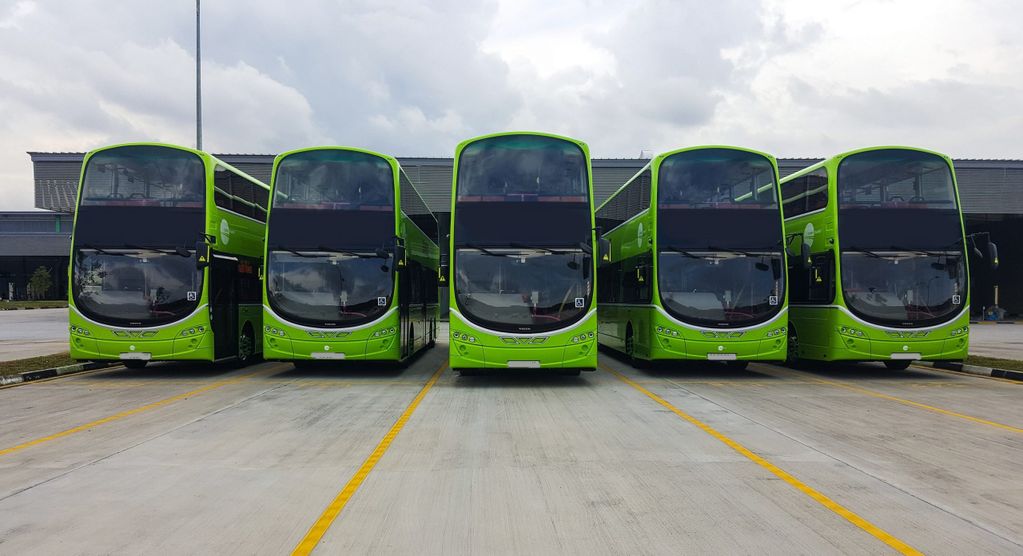
Open Loop Payment in Public Transport
The whitepaper explores the basics of open loop payments in public transport and discusses how it differs from other and more historic ticketing approaches
Ticketing and payment systems in public transport have rapidly evolved in recent decades. Paper tickets, sold at ticket vending machines, counters or by staff were increasingly replaced with automatic fare collection (AFC) systems, including closed loop smart cards, such as the Oyster system in London and NaviGo in Paris.
Another technology taking a central stage for the last decade is open loop payment.
Open loop payment removes the ticket from a journey completely, as the payment card or mobile device becomes the ticket. The payment for the journey can either be realised during the trip, after completing the journey, or after all journeys taken that day, when the fare is calculated based on the actual use.
Transport for London (TfL) was first to offer open loop payment for buses in 2012. Inspired by the success and experience gained in London, open loop payment has now been implemented all around the world.
This whitepaper explores the basics of open loop payments in public transport and discussed how it differs from other and more historic ticketing approaches. The paper is created by the Urban Mobility Open Payments Forum.








